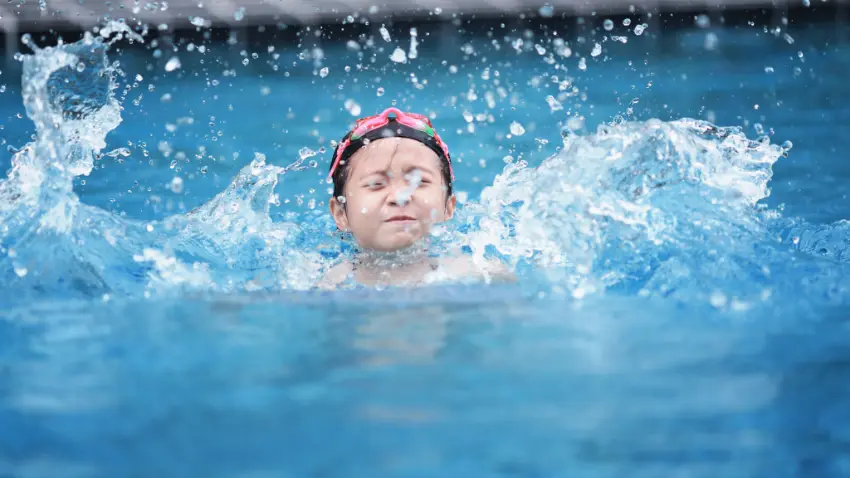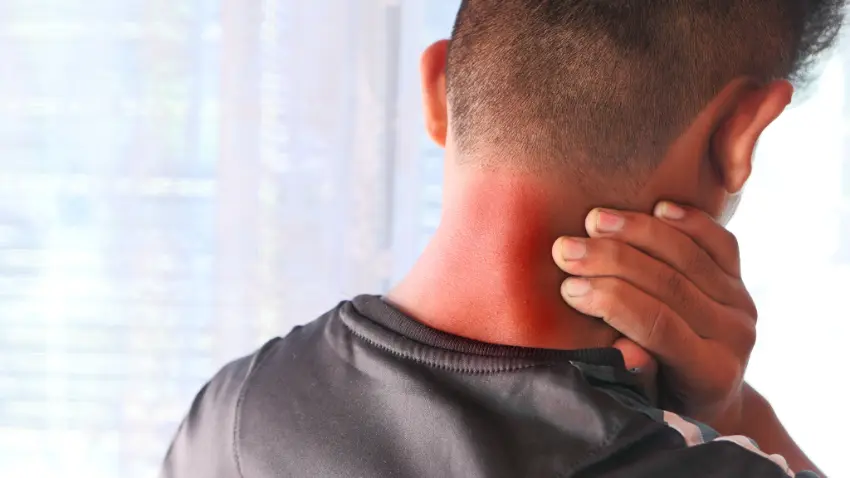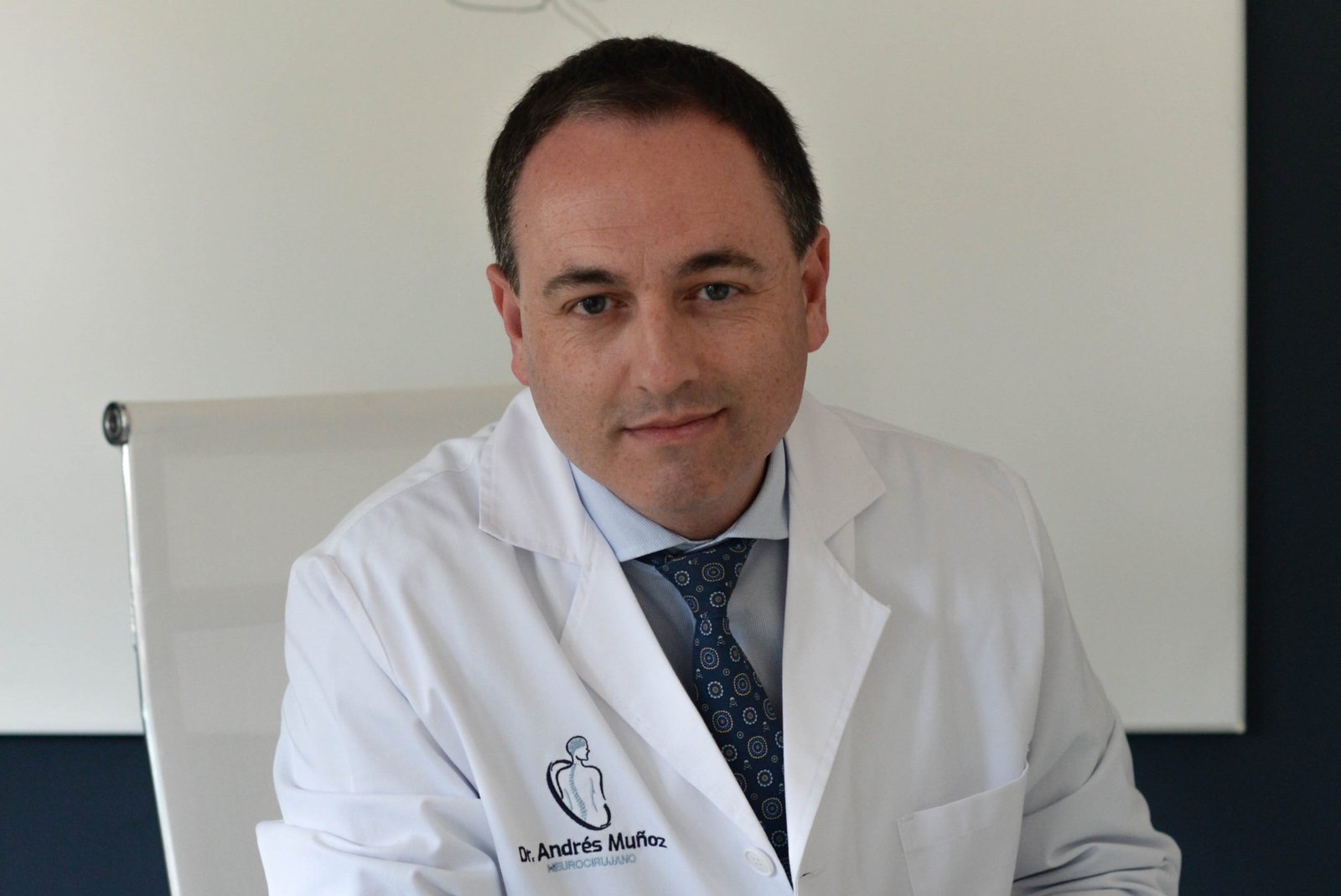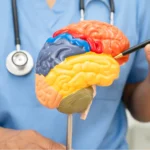Spinal cord injuries remain one of the most serious and dramatic consequences of poorly controlled aquatic activities. Every summer, neurosurgical and rehabilitation services across the country receive new cases of spinal cord injuries from reckless dives into beaches, pools and rivers.
These serious injuries are, for the most part, preventable. However, overconfidence, lack of information and the euphoria of the moment lead every year to tragedies that leave permanent sequels.
To avoid the above, in this article we address everything you need to know:
- ✅ What is a spinal cord injury.
- ✅ Why they increase so much in summer.
- ✅ What are the consequences.
- ✅ How to prevent them effectively.
- ✅ What to do if an accident occurs.
What is a spinal cord injury?
A spinal cord injury occurs when the spinal cord, the bundle of nerves that connects the brain to the rest of the body, is damaged. This damage can be partial or complete and affect mobility, sensation and bodily functions below the level of the injury.
When we talk about severe diving injuries, we are referring primarily to cervical (i.e., upper spinal) injuries. Direct impact against the bottom of the water can fracture the cervical vertebrae and irreversibly damage the spinal cord.
The higher the injury, the more extensive the sequelae. A complete cervical injury can leave a person quadriplegic, i.e. without mobility in arms and legs.

Why are there so many spinal cord injuries in summer?
Every summer, Spanish hospitals record an increase in the number of spinal cord injuries related to diving. According to the Fundación Lesionado Medular, approximately 6% of traumatic spinal cord injuries are caused by this type of accident.
What factors explain this increase?
- Increased number of water activities in summer.
- Overconfidence in beaches, swimming pools and natural bathing areas.
- Diving in unknown waters or with poor visibility.
- Consumption of alcohol or substances that encourage reckless behavior.
- Lack of effective awareness campaigns in certain areas.
In addition, it is important to note that the most frequent profile of these accidents is that of young males (between 15 and 30 years of age), who in many cases attempt to jump from rocks, bridges or edges without checking the depth.
Consequences of spinal cord injury
The consequences of a spinal cord injury due to diving depend on the severity and location of the damage. However, we are always talking about serious injuries that profoundly alter the life of the patient and his or her environment.
Tetraplegia: what is it and when does it occur?
Tetraplegia (also known as quadriplegia) is a form of paralysis affecting all four limbs of the body. It occurs when the spinal cord injury is located at the cervical level.
The cervical vertebrae range from C1 to C7:
- C1-C4 lesions → complete tetraplegia with respiratory impairment (many patients require assisted ventilation).
- C5-C6 injuries → loss of strength and mobility in arms, hands and legs.
- C7 injuries → increased control of arms and hands, but loss of leg mobility.
Cervical injuries: the most affected segments
In the case of diving injuries, the most frequent cervical injuries tend to occur between C5 and C6, as these are the areas that absorb the impact when the head and neck flex abruptly when hitting the bottom.
These levels are key to the motor control of:
- Arms.
- Dolls.
- Hands.
- Diaphragm (at higher levels).
- Legs.
Therefore, a cervical injury can compromise essential motor and sensory functions, in addition to affecting the respiratory system.

Recommendations to prevent a spinal cord injury due to plunging
The best tool against spinal cord injury due to diving is always prevention.
An excellent example is the campaign “With head yes, headfirst no“, promoted by the Hospital Nacional de Parapléjicos. This campaign seeks to raise awareness of the real risks of diving and offers very clear guidelines to avoid it.
Main preventive measures:
- Do not dive headfirst into water of unknown or insufficient depth.
- Check the bottom before diving, even in known locations (depth may change).
- Avoid jumping from rocks, non-approved trampolines or improvised structures.
- Be especially cautious in rivers and reservoirs, where the water level varies constantly.
- Avoid jumping into the water under the influence of alcohol or drugs.
- Do not allow dangerous games such as pushing and shoving or jumping competitions in swimming pools.
“Many of the injured people we receive admit that they did not know that a bad dive could cause such serious injuries. That’s why it’s critical to get the message out before it’s too late. “The neurosurgery team emphasizes.
Diagnosis: what are the steps to follow after a spinal cord injury?
When such an accident occurs, time is of the essence. Adequate action in the first hours can make the difference in the neurological prognosis.
First steps after the accident:
- Do not move the injured person, especially the head and neck.
- Immobilize as safely as possible while waiting for help.
- Immediately call 112.
- The transfer should always be done in a medical ambulance, never in private vehicles.
Neurological examination and diagnosis:
Upon arrival at the hospital, the patient undergoes a complete neurological examination. This initial assessment allows:
- Determine the level of injury.
- Assess motor and sensory involvement.
- Assess respiratory status.
In addition, imaging tests are performed:
- CT scan (to assess bone fractures).
- MRI (to evaluate spinal cord and soft tissue damage).
Initial treatment:
- Surgical stabilization of the spine, if necessary.
- Hemodynamic and respiratory control.
- Early initiation of rehabilitation.
“Early diagnosis, together with a multidisciplinary approach, is key to optimizing recovery options,” the neurosurgery specialists stress.
In short, spinal cord injuries due to diving are a health drama that we can avoid. Every summer, hundreds of families are affected by recklessness that could have been avoided with a few simple prevention rules.
Always remember:
- Don’t dive in head first without checking your surroundings.
- Inform those around you.
- If you witness an accident, act quickly and prudently.
Social awareness is the best tool to reduce the number of spinal cord injuries due to this cause. Let’s make this message reach further and further.
📍 Dr. Andrés Muñoz – Specialist in neurosurgery and spine surgery
📞 609 688 469
👉 Request your consultation here



